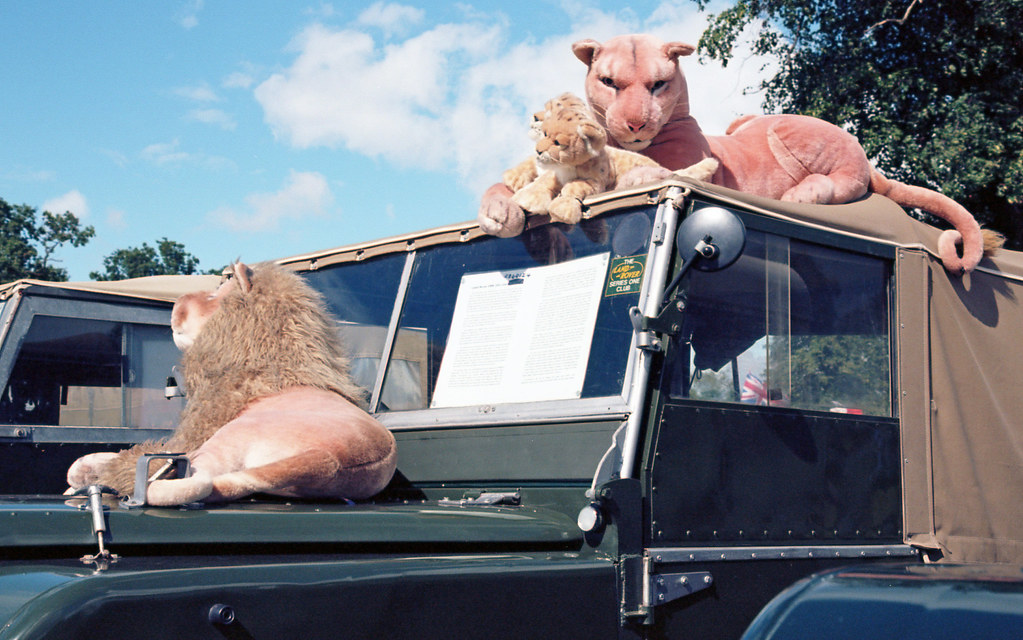So is it worth getting that 10 degree spot meter add on for the Polaris? I watched a video where they spot metered for a shadow and then for a highlight and had the EV readings for both and worked out the exposure but that fried my brain!
It depends I think.
10 degrees is quite narrow, but not as narrow as a spot meter which is usually 1 degree. This allows you to get perfect exposures for different parts of the scene. My Minolta spotmeter will also take two readings and average them for you which saves on the brain cells.
That slightly larger circle is fine if you have a relatively large patch of the same tones to measure. Imagine a white room with the sun illuminating through a window where you have white walls and black shadows and nothing else. Easy to find a dark spot and a light spot to get measurements from. However, bung a tree in front of the window so that you have lots of shadows and highlights from leaves, then ten degrees is going to be doing a certain amount of averaging for you because no part of the scene will be wholly one tone.
If I have understood this thread correctly, that's where Incident metering will help because it's not trying to read millions of bits of the scene, it's looking at the light that's falling on the scene and basing the exposure on that.
So I guess, 10 degrees will be good for some scenes, but not for others. And if you're going to use incident metering when it's not good, why not just use incident metering for it all?
I'm still going to carry a spot meter for large format work (well, 6x17) where each frame is expensive, but for portable, on the go metering in complex lighting situations when you don't want to spend the time fiddling with a spot meter, I think Incident metering would be more accurate than reflective. Be it ten degrees or thirty...
My (current) opinion of course...









 Ah, so that's what was going on here... it was just Asha getting ready to take a reading for a vehicle shoot!
Ah, so that's what was going on here... it was just Asha getting ready to take a reading for a vehicle shoot!
